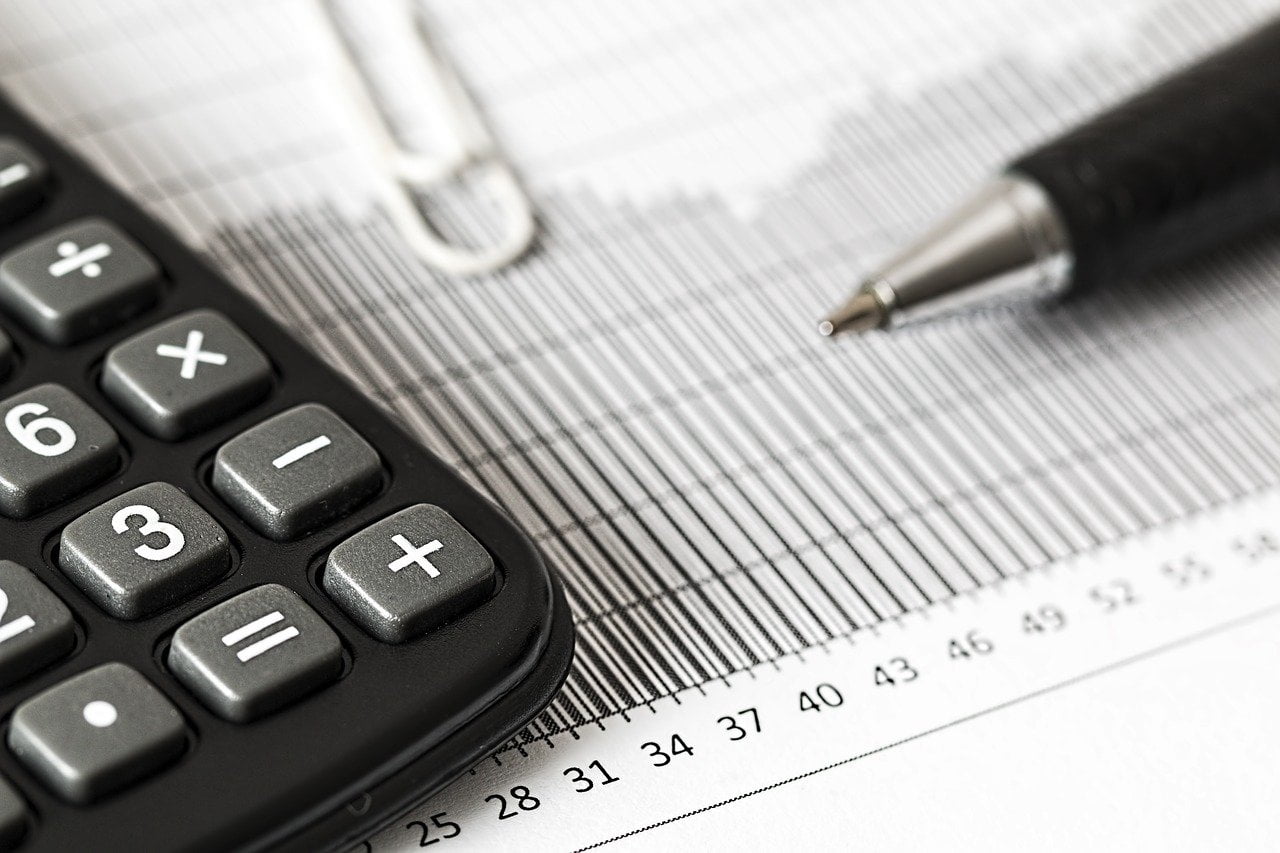In his Daily Market Notes report to investors, while commenting on the 10-year Treasury yield, Louis Navellier wrote:
Q4 2020 hedge fund letters, conferences and more
10-Year Treasury Yield Toward 2%
How Fast Will the 10-year get to 2%? Having closed last week at 1.67%, the 10-year Treasury yield may very well be above 1.75% this week. With active overnight futures trading, both the stock bond markets tend to go up or down when there is interest from overseas investors. I think the Fed will welcome a 10-year Treasury above 2% when it comes, with caveats.
The last time we had a sharply rising 10-year Treasury yield was in 2018, but that was a very different type of rise. The Fed was pushing rates up on both the long and short end by hiking the fed funds rate and shrinking its balance sheet, it’s doing no such thing right now. The bond market is pushing long rates up for the Fed while its balance sheet is growing at $120 billion per month.
Because the Fed does not want to do any tightening even though it expects an uptick in inflation because of the pending re opening of the economy. The present rise in Treasury yields is welcomed by the Fed, but they would probably prefer to see European and Japanese buying of Treasuries cap this rise as their financial institutions do not have any such option in the local bond markets.
Rising long-term interest rate differentials are pushing the US dollar higher and they may push it some more if they rise further, as is expected here. It’s unlikely that real interest rates will rise significantly from here and they are likely to remain negative for some time, likely kept there by the Federal Reserve.
Gold Looks Good
Gold looks good here. One way to gauge where real interest rates are is to keep in eye on TIPs yields which at last count were -0.69%. That means that if the nominal 10-year Treasury yield has to rise 69 basis points and inflation has to remain constant in order for real interest rates to turn positive. Since inflation is expected to rise the Fed may intervene in the Treasury market somewhere in the 2-2.5% . It is entirely possible we won't see positive real interest rates for some time, and for much longer than the last time this happened in 2012-2013.
I do not think we have seen the lows for real (adjusted for inflation) 10-year yields, which may be in the negative 3-4% range, if not lower.
Financial Get Hit
In equities, we're off to a bit of a rough start this week with financials getting hit. The forced liquidation at Archegos which produced trading losses for Credit Suisse and Nomura, and the pain was felt further at Tencent which was a large holding.
China is starting to raise the price of some of their goods, so that we do have inflation out there brewing. And it's going to be very, very interesting, because raw commodity costs like copper and everything are going up as well.
Wednesday is that 90 day ETF realignment day for many ETFs. Now, there are active ETFs that trade daily and there's ETFs that trade every 90 days. Most of them trade every 90 days and rebalance. So they're going to tweak their portfolios on Wednesday and this could amplify the rotation that we have seen occurring the past few weeks.
More than a down draft the current malaise in the markets looks more like the pause that refreshes. We expect wave after wave of very good first quarter announcements to propel stocks higher.
Chinese stocks were hit especially hard last week on the news that the SEC will begin auditing Chinese ADRs. Higher earnings from these stocks which will be reported during the first quarter earnings season will likely wipe away these losses.













